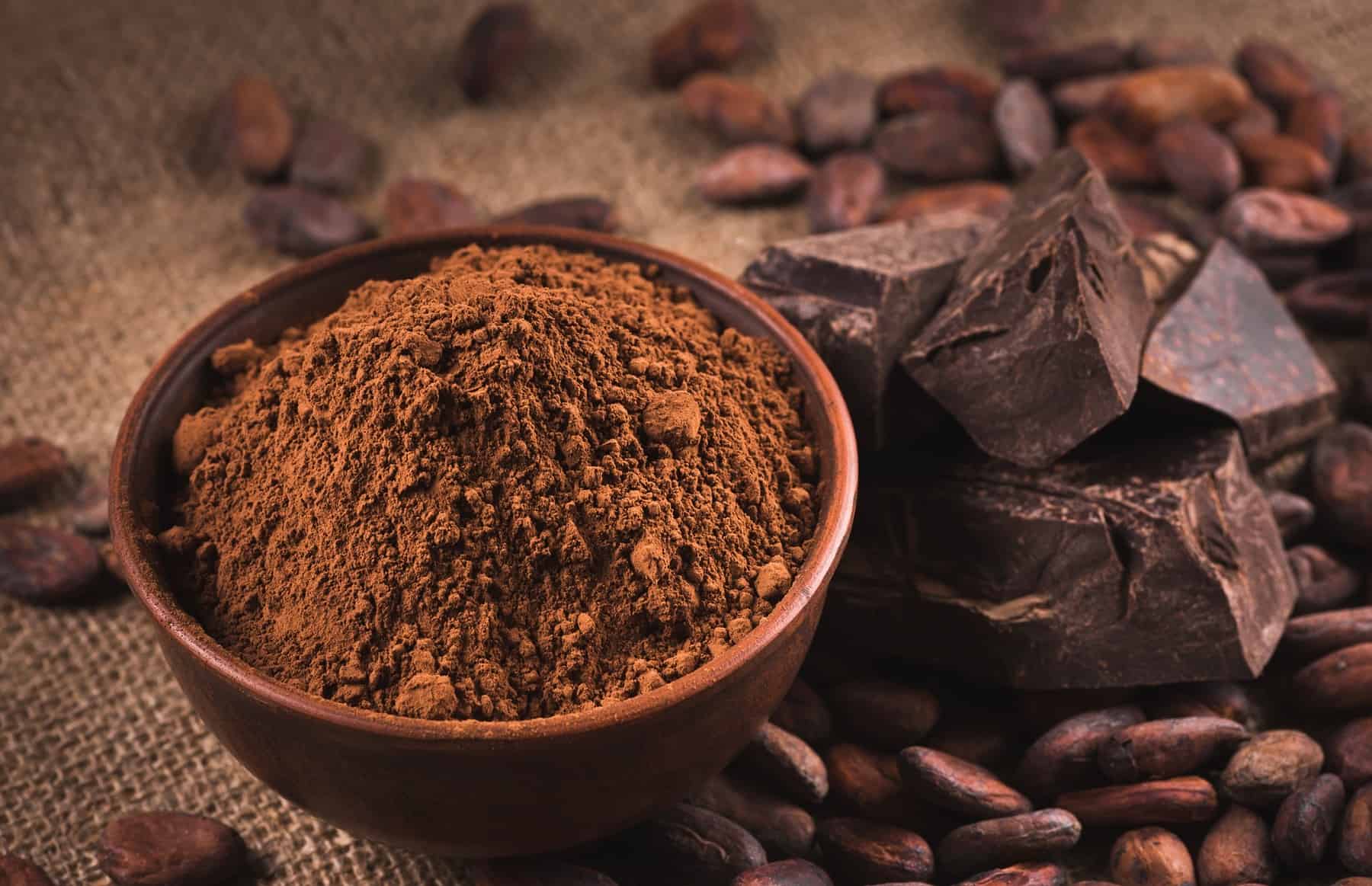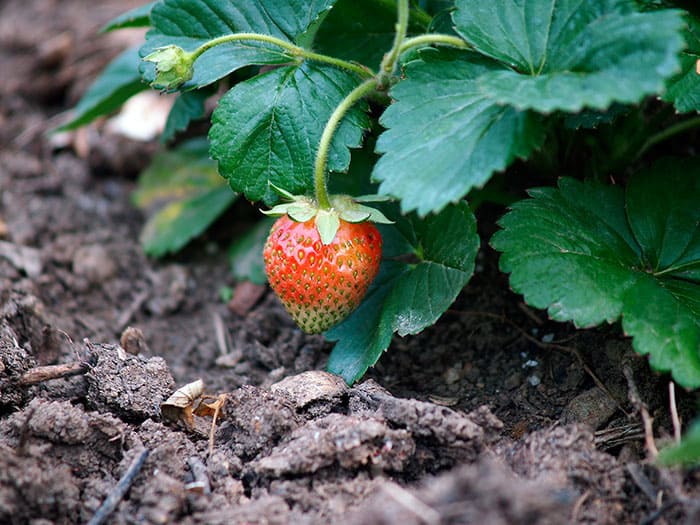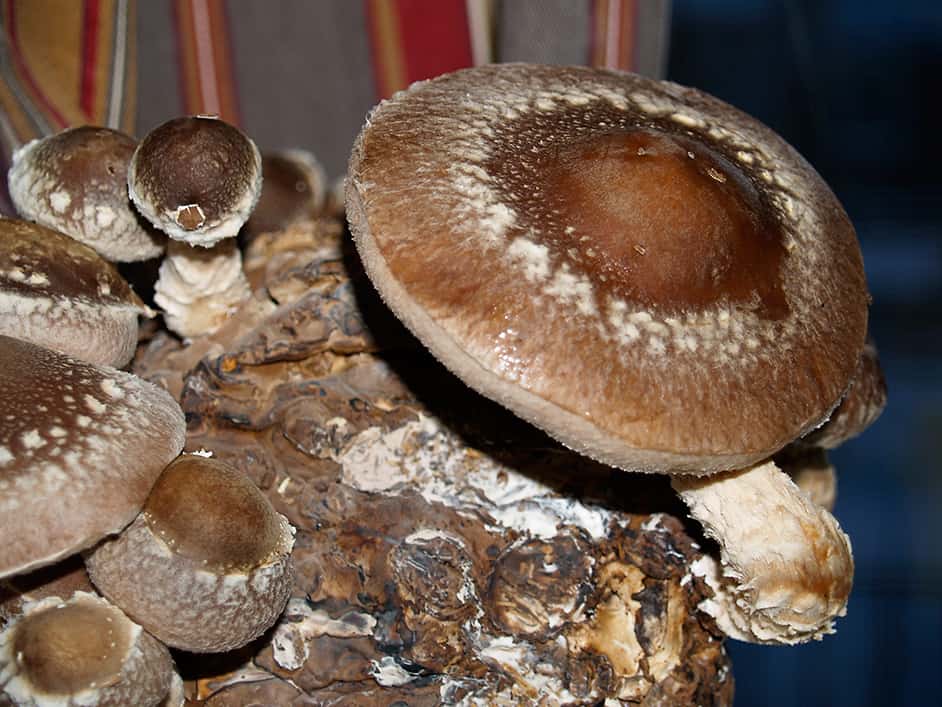
Methods to Make Chocolate at Residence from Cacao Beans or Bicolor Beans * Massive Weblog of Gardening
By Buyer Writer Wesley Kelder
Individuals typically take into consideration chocolate as unhealthy. Nonetheless, in its purest kind, chocolate (cocoa) incorporates useful dietary nutritional vitamins like calcium, phosphorous, magnesium, iron, zinc, and amino acids. Greater of all, when making your personal chocolate from cacao beans (technically cacao seeds), it’s tremendous straightforward to tweak to your liking. As an example, you presumably can resolve to make sure that you darkish chocolate, milk chocolate, spicy chocolate, or any additional flavors you want (citrus flavors are very fashionable). It’s possible you’ll even resolve how candy you need it to be.
Making chocolate from scratch is definitely fairly a protracted course of. It begins with cacao beans, nonetheless chocolate may also be produced from the bicolor bean. The bicolor is an in depth relative of the cacao tree. Though they’re associated, there are a couple of minor variations that are described beneath. Nonetheless, the tactic of creating chocolate with bicolor or cacao are very related.
What’s the excellence between cacao and cocoa?
Cacao refers once more to the uncooked beans or semi-processed beans which is perhaps lastly made into cocoa. Cocoa refers once more to the completed or near-finished elementary ingredient of chocolate (cocoa powder, cocoa butter, and so forth.). Cacao fruit and their beans (seeds truly) develop on the Theobroma cacao tree, native to parts of South America, West Africa, and Asia. Cacao pods are harvested from the bushes and are grew to turn into cocoa and chocolate via a multi-step course of.
Step-by-step: from cacao bean to chocolate bar
Listed beneath are the 7 steps to make your personal milk chocolate, darkish chocolate, or white chocolate.
Step 1: Select the turning into variety of cacao fruits
Every cacao fruit incorporates white pulp with a most of 60 seeds. To hunt out out what number of fruits you want, first resolve on what number of grams of chocolate you wish to make. As a rule of thumb, when making a chocolate bar of 80 grams (2.8 ounces), you’ll require about 40 seeds. Make sure that to resolve on ripe fruit for this. The colour of the seeds depends upon the variability, nonetheless they typically have an orangish shade.
If utilizing Bicolor: A bicolor incorporates fewer seeds than cacao, often a most of 45. The seed pulp is further yellowish than the cacao.
Step 2: Fermenting the beans
After eradicating the seeds and pulp contained in the fruit, the fermenting course of begins. The fermentation course of (or yeast course of) is essential. That is when the sugars contained in the beans are transformed to acids, and enzymes break down the bitter fashion (the unfermented seeds are very bitter for people who eat them uncooked). Fermentation brings out your entire fashion of the bean and takes roughly 6 days.
It’s typical to cowl the seeds in banana leaves, nonetheless utilizing picket crates considerably made for drying beans is another too. Crates for drying cacao beans have holes inside the underside to permit liquid to flee.
To ensure that the seeds to ferment appropriately they need to warmth to 125 ranges F (40-50 ranges Celsius). The beans themselves will produce crucial warmth by the course of nonetheless you presumably will help them alongside by inserting them subsequent to a warmth present much like a warmth pack or a scorching water bottle.
Verify and stir the beans typically and take away any that would probably be rotting, merely acknowledged by moldy spots. All via fermentation you’ll furthermore uncover the scent of alcohol on account of the pulp ferments from airborne yeast and warmth. It’s crucial that your crate permits the beans to empty precisely due to inside the event that they sit contained in the alcohol, they may rot.
After fermentation is full, dry the cacao or bicolor seeds contained in the photograph voltaic for spherical per week. Coloration adjustments are a outcomes of nice fermentation, the place the colour of the fermenting seed adjustments from a darkish purple to a darkish brown. When this course of is accomplished, the beans is perhaps tons of lighter in shade.
Step 3: Roasting / Drying the cacao beans
Drying or roasting the beans ensures that each one the liquid is eradicated with a purpose of lowering the moisture diploma beneath 7%. This may present the beans further fashion (and shade!). You may uncover that the outer shell will separate from the internal bean.
To roast the beans, load them correct proper right into a roasting pan and place them in an oven for about 12 minutes at 120 ranges Celsius (250 Fahrenheit). If you happen to occur to begin to scent a ‘brownie’ scent (similar to the favourite dessert), you understand the beans are nearly accomplished. You need them to ‘pop’ (with out burning!), similar to heating corn till it turns into popcorn. That very same popping sound tells you that your cacao beans are accomplished roasting. Take them out of the oven and allow them to relax. Your bean is now formally a cacao nib (it’s generally known as a nib after the fermentation and roasting course of).
The standard strategy is to {photograph} voltaic dry the beans on specific mats in direct daylight. Really, the native climate performs a big half correct proper right here and in moist areas it would take far more time to dry the beans. Cautious consideration should be paid so the beans don’t flip into moldy.
If utilizing Bicolor : The bicolor bean incorporates rather a lot a lot much less fats. Which means bicolor beans may probably be roasted at a larger temperature than the cacao beans, as rather a lot as 150 diploma Celsius (300 Fahrenheit).
Step 4: Bean Separation
Now the cacao bean should be separated from the shell. Often this occurs contained in the roasting course of, by which case you presumably can skip this step. If not, press every bean between your fingers to take away the shell. It’d take further time, nonetheless with this step, you lose just some nibs. It’s possible you’ll even now see that the within (cacao nib) already has the colour of the chocolate you’re acutely aware of. After you’ve got accomplished this, it’s time to put collectively the roasted, peeled cacao for grinding.
Satisfying actuality: Your cacao nibs are made up of roughly 50% cacao solids and 50% cacao butter now.
Step 5: Grinding the cacao nib & conching
Use a powerful grinder made for cacao beans (or one issue related) to grind the cacao nibs. Understand that the cacao nibs ought to run contained in the grinder for at least 10 hours (sure, a extremely very very long time). After ending this course of, you may discover that the cacao nibs have turned to a paste or liquid on account of the cocoa butter is launched.
All via grinding, is whenever you add additional butter, milk, vanilla, milk powder, sugar, or cacao powder to fashion your chocolate as milk chocolate, darkish chocolate or white chocolate, regardless of matches you. You may also try along with cinnamon, curry powder, or chili powder.
GRINDING TIP: Earlier than grinding, it’s best to pre-grind the nibs. This may be greatest accomplished via a high-speed blender or a espresso / spice grinder.
Conching takes place after grinding. As rapidly as a result of the paste or liquid is shaped, the grinder continues aerating the cocoa to chop again moisture and develop further fashion. All via this time, acids evaporate from the bean, taking bitter flavors away and permitting the added parts to fully combine with the cocoa butter. This provides the chocolate a deep fashion. The set up “conching” comes from the kind of the vessels that had been used to do that method once more – they resembled conch shells.
If utilizing Bicolor: Due to the decrease fats content material materials supplies from the bicolor (20%) in contrast with the cacao (55%), cacao butter should be added! If you happen to occur to happen to don’t add butter to the bicolor beans at this stage, it merely acquired’t switch.
Step 6: Tempering temperatures
To get the gloss for the completed chocolate that you just simply’re acutely aware of, you may wish to “mood” the chocolate: soften it, cool it, and reheat it. That is crucial, due to the completely completely completely different chocolate colours have completely completely completely different tempering temperatures.
- Darkish chocolate: Soften to 46-50 °C (115-122ºF), cool to twenty-eight °C (82.4ºF), and reheat to 30-32 °C (86-89.6ºF)
- Milk chocolate or white chocolate: Soften to 40-45 °C (104-113ºF), cool to 26/7 °C (79/80.6ºF), and reheat to 28-30 °C (82.4-86ºF).
Step 7: Molding your chocolate
Pour the liquid chocolate into the form that you just simply really need. Then, permit it to chill out till it turns into strong. Retailer your home made chocolate in a cool, dry place.
Writer bio: Wesley Kelder is the proprietor of the large tropical yard of Seeds Del Mundo, with increased than 150 sorts of fruit collected from everywhere on this planet. Wesley and his household, who’re all working collectively, have a ardour for every type of tropical fruits, and wish to share as a great deal of mom nature’s beauties everywhere on this planet. They’re specialised in tropical fruits, much like the Theobroma Bicolor, completely numerous sorts of Dragon Fruits, Capuacu and a great deal of completely completely different uncommon distinctive fruits.


